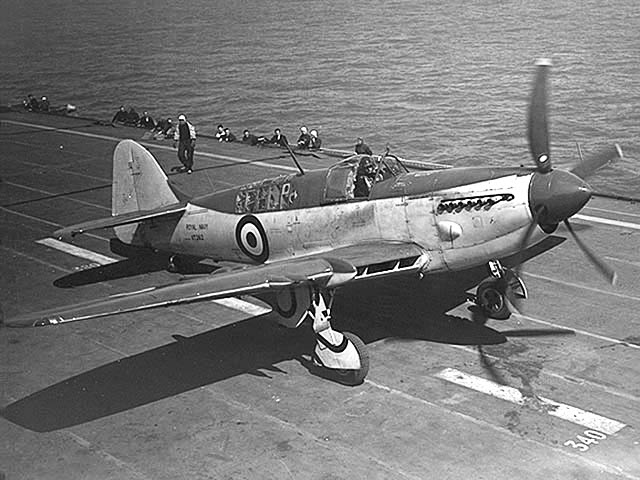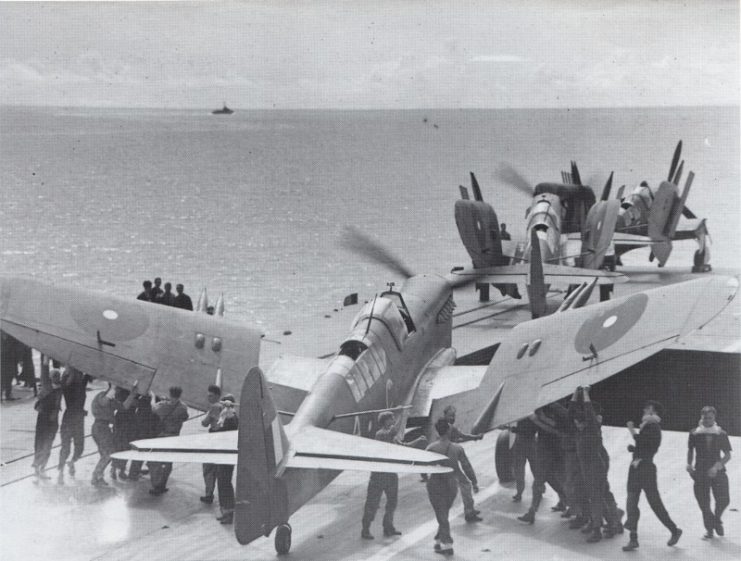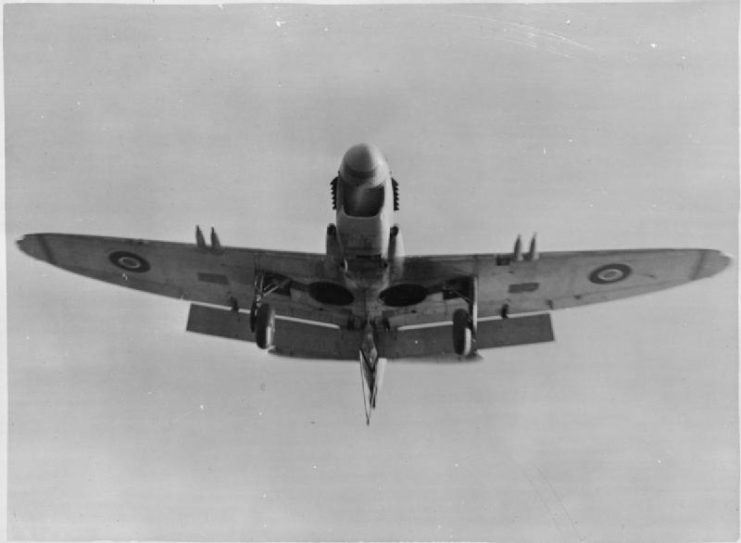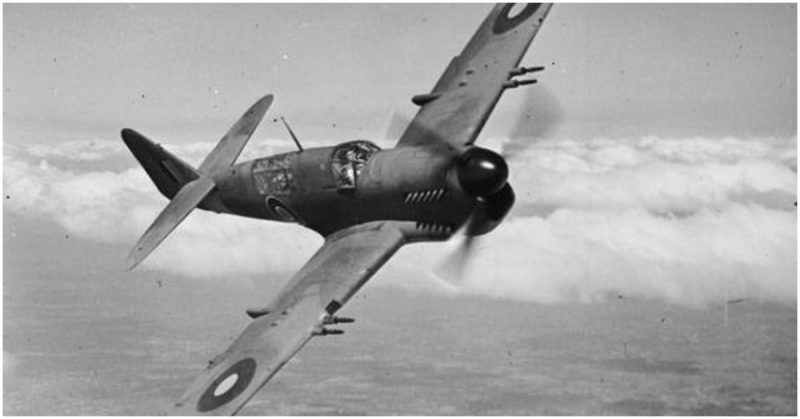A Plane Made for Two
The Fairey Firefly was a two-seat fighter and reconnaissance aircraft used by the British during WWII.
A Naval Plane
The Firefly was deployed by the Royal Navy, providing air support for ships at sea.
One in a Series
The Firefly was one in a series of planes that had fulfilled a similar role for British naval forces. Beginning in 1926 the Fleet Air Arm first commissioned a fast two-seat fighter to act as a reconnaissance plane.
Coming into Service
The Firefly entered service during WWII. Its first flight took place on December 22, 1941, just after the Japanese had attacked Pearl Harbor, bringing America into the war. Its first flights, therefore, were at a time of change and escalating conflict.
Becoming Lead Fighter
The Firefly soon proved its worth as a plane. From July 1943, it was the Royal Navy’s primary carrier-borne fighter. It was the first time the British Royal Navy had made significant use of aircraft carriers, making the Firefly an important plane.
Attacking the Tirpitz
The first major action in which Fireflies took part was a series of attacks against the Tirpitz in July 1944. The Tirpitz and its sister ship the Bismarck were the most powerful battleships in the German fleet. The were a source of fear and an important target for Allied fleets serving off the coast of Europe.
First Kill
On January 2, 1945, a Firefly scored a kill in an aerial combat for the first time. It took place during a dogfight over Sumatra, as part of an attack on oil refineries there. A Firefly from No. 1770 Squadron shot down a Japanese Oscar fighter.
Supply Drops
During the weeks following Japan’s surrender, thousands of Allied prisoners remained trapped in severe conditions in the Japanese prisoner of war camps. Fireflies of the Fleet Air Arm dropped supplies to POWs in camps in mainland Japan.

Later Wars
Fireflies were involved in British forces action during subsequent wars. They served in Korea, which was the first time jet versus jet combat was used in war and which heralded the end of planes like the Firefly. They also carried out ground attacks during the British intervention in Malaya in 1954.
International Service
The Netherlands Air Force also used fireflies; AS4s in Indonesia in 1962.
Not a Fast Plane
The Firefly was equipped with a Rolls-Royce 1990hp Griffon XII engine. It was a step up from the Merlin engine which its predecessor, the Fairey Fulmar had. With a maximum speed of 416 miles per hour, it added an extra 40 miles per hour to the speed of Britain’s shipboard fighters. However, it was slow in comparison with other fighter planes taking to the skies around the same time.
Good Manoeuvring
The Firefly handled well at low speeds. With limited space on board aircraft carrier decks to take off and land on, it was important the plane operated well at relatively low speeds.

Cannons in Place of Machine-Guns
The Fulmar was equipped with eight machine-guns, letting it put a large volume of firepower into the air. On the Firefly, they were replaced with four 20mm cannons.
The move to cannons was in line with changes made by the majority of air forces in WWII. Most planes had metal fuselages, making them tougher than the aircraft of earlier eras. Explosive shells fired from cannons were far more likely to do damage to those planes than machine-guns could.
A new development in fuel tanks also played a part. The Germans had created a self-sealing fuel tank, coated in layers of vulcanized and non-vulcanised rubber. If a tank was punctured, the leaking fuel caused the non-vulcanised rubber to expand, sealing the gap. As a result, just putting holes in the tank was not enough to send a plane up in flames. If a shell hit the fuel tank and exploded, no amount of expanding rubber could save the aircraft.
The N.F.2
The first attempt to create a night fighting version of the Firefly was the N.F.2 model. It was given recently developed airborne radar with which to target enemy planes in the dark.
The weight of the equipment changed the Firefly’s center of gravity. To counter it, the fuselage in the N.F.2 was lengthened by 18 inches.
The F.R.1
Changes in the way the radar was mounted meant the N.F.2 was not produced in large numbers. Instead, a different night fighting Firefly was developed repositioning the radar; the F.R.1.
Exhaust Dampers
One of the most important signs that could give away a night fighter in the darkness was the glow from the engine exhaust. To counter it, all Firefly night fighters were equipped with exhaust dampers.

Shifting Radiators
The first Fireflies had their radiators mounted underneath the engine. It was changed in later models when the radiators were moved into the wings, altering the appearance of the plane.
Wingspan
The Firefly had a wingspan of 44 feet 6 inches. To fit inside an aircraft carrier, the wings were folded back leaving a wingspan of only 13 feet 3 inches.
Range
The fuel capacity of the Firefly gave it a range of 1,300 miles, enabling it to carry out reconnaissance over a wide area around its carrier base.
Heights Reached
The Firefly could climb 15,000 feet in just under ten minutes. It could fly at heights of up to 28,000 feet.
